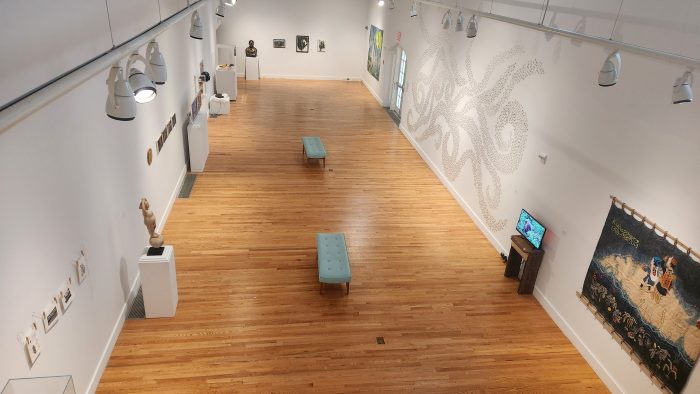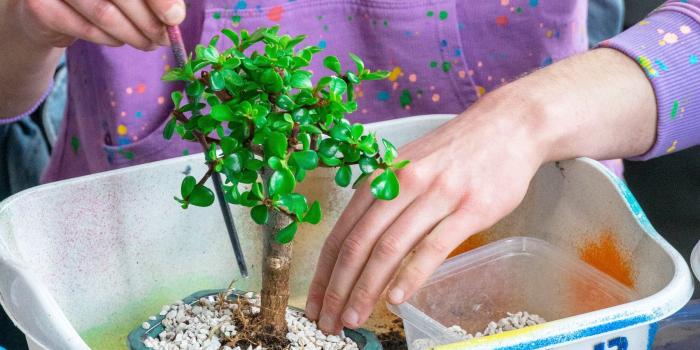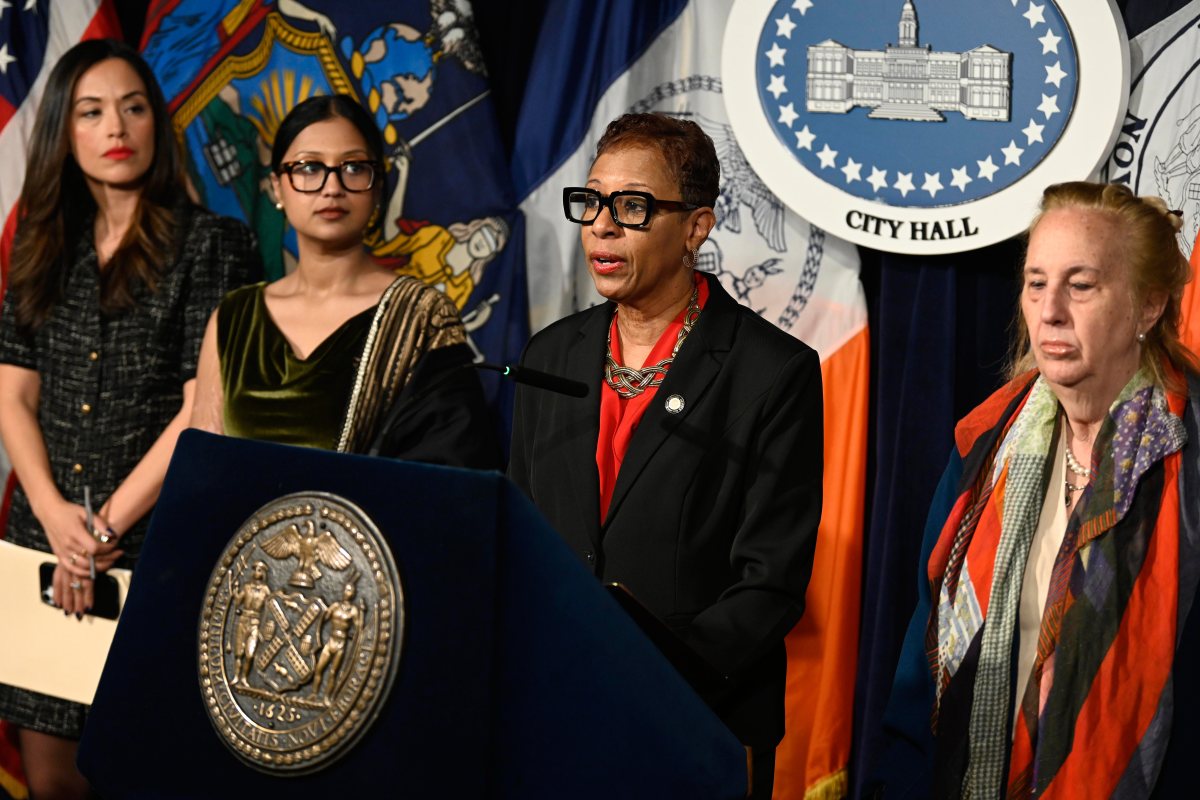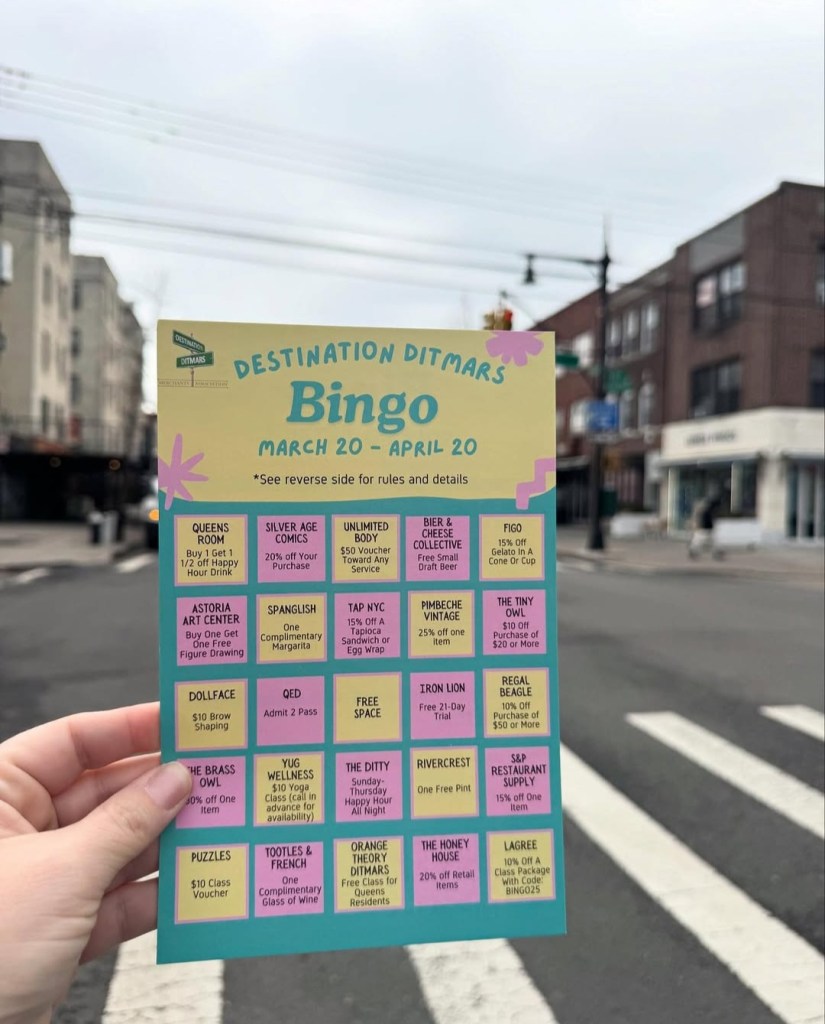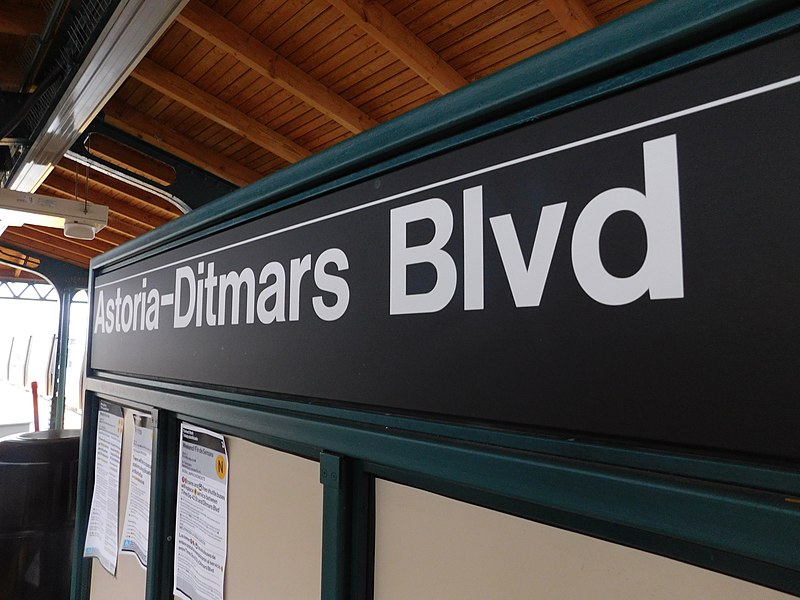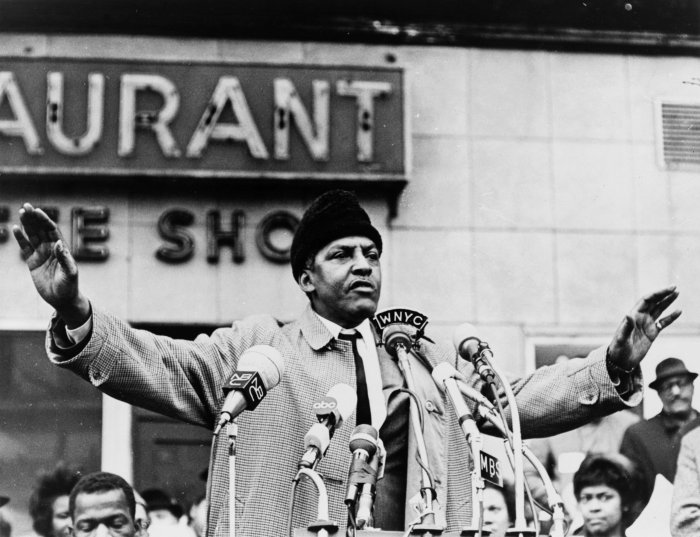That’s a lot of pennies.
Students at I.S. 204 middle school in Long Island City collected about 600 pounds of pennies, which equates to nearly $1,000, as part of a “Penny Harvest” project run at the school.
The project, which ran from the end of October through November, was part of an effort organized by City Year - a non-profit organization that places teams of young people aged 17-24 in public schools throughout the city.
Volunteers work with children as tutors, mentors and role models in many underserved neighborhoods, and Peter Romano, event and operations coordinator of the Long Island City Young Heroes Team at City Year, termed this year’s Penny Harvest a huge success.
In order to make the project more fun, Romano and a student council leadership team devised a plan to make the Penny Harvest a competition between the three floors of the school, which are referred to as the Princeton, Harvard and Yale Academies.
Edmond Cadet, a 7th and 8th grade teacher at I.S. 204, said that the Princeton Academy trailed the other two academies by more than 60 pounds with only one week to go in the competition. At that point, Cadet tried to rally the students and told them to step up their efforts to bring in more pennies.
“The Princeton staff, students and assistant principal, we all showed up and we took it up a level,” Cadet said.
During the final week of the contest, the Princeton Academy collected more than 100 pounds of pennies to give them the victory.
“Once they get the grant, they decide where the pennies go,” Romano said. “We encourage them to find the issues they care about.”
Romano mentioned that this year, the students are considering donating the money to organizations that focus on homelessness, college scholarships, the elderly, the environment or animal cruelty.
While students, faculty and staff acknowledged the competition made it more fun and added an extra layer of excitement to the “Penny Harvest,” students like seventh grader Daisy Garcia realized the real reason for the project.
“It’s good because we can help people that don’t have houses so they can get shelter,” Garcia said.

